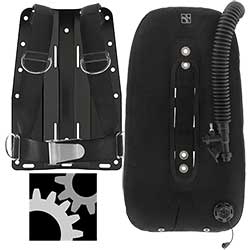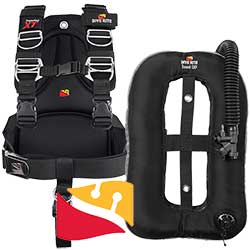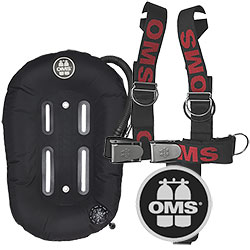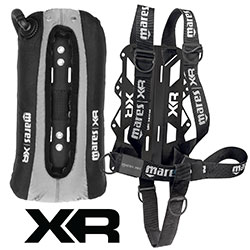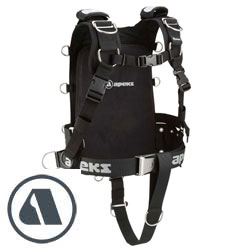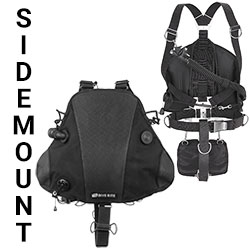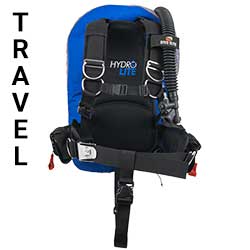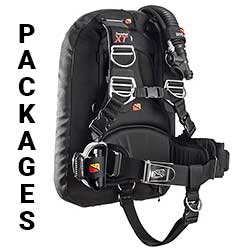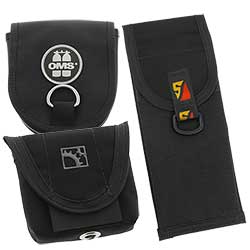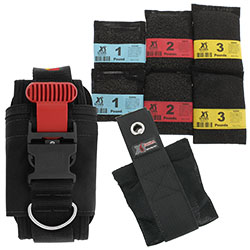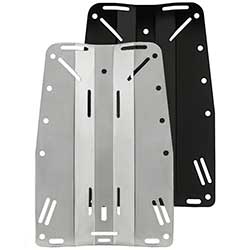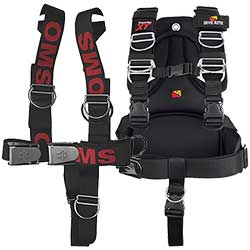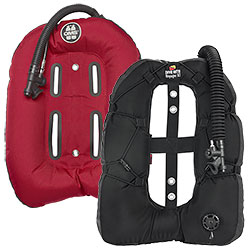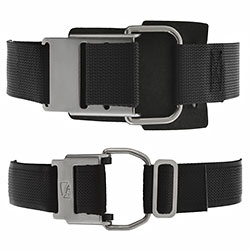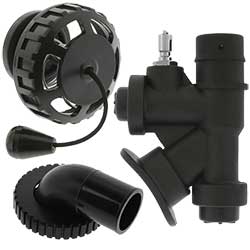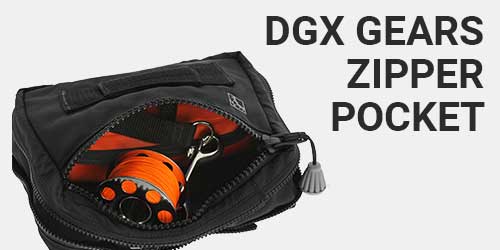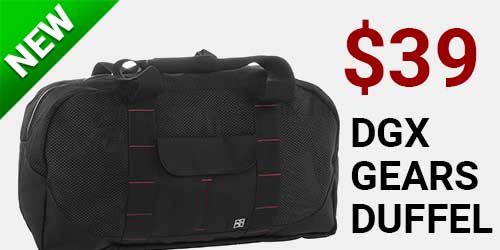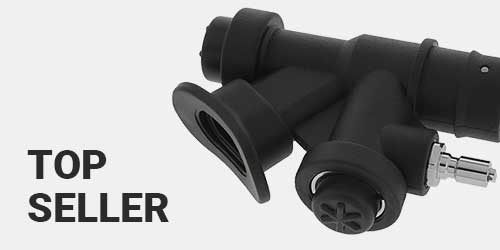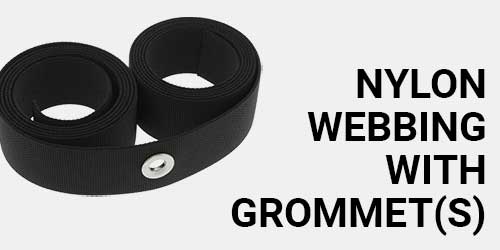BCs
Backplates, Harnesses, Wings and Accessories
Open Water Students and Modern Equipment Configurations
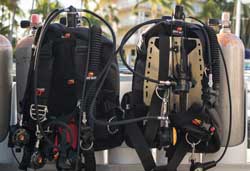
We know many of our customers are diving instructors, yet one of the more ironic circumstances we encounter is the return of a webbing harness, backplate and wing BCD and/or long hose regulator setup that was rejected as unsuitable for a new student entering a learn-to-dive class. The typical situation is the student has gotten some excellent advice from a family member or close friend that is an experienced diver. The advisor understands the substantial benefits of these configurations and helped the beginner get the best value for their new dive equipment purchases. Unfortunately, the student shows up for class and is told by their open water instructor the equipment is [unsafe | not compatible | violating standards | difficult to use]; we've heard all those excuses and some even more ridiculous objections. We cheerfully accept the return, instead of what we wish we could suggest: "find a more knowledgeable instructor" or sometimes "find a more ethical local dive shop."
Decades ago there was some debate regarding the safety of donating the primary second stage as well as the safety of back-inflation when they were both introduced as improvements to the classic jacket style BCD with octopus regulator configuration. However those questions are long settled and today Dive Gear Express only sells back-inflation BCD systems with all our regulator packages based on a longer hose that enables donation of the primary. The configurations are accepted for entry level open water training by all dive training agency standards, and universally recognized as the safest equipment configurations suitable for technical diving. Yes, they do require some student skills be taught a little differently but that does not present a challenge for dive instructors who are knowledgeable about the equipment configurations preferred by experienced sport and technical divers. If you are unfamiliar with how our configurations are taught, TDI/SDI has an article by one of their instructor trainers that offers a modern perspective on Teaching Open Water In Backplate, Harness, and Wing.
